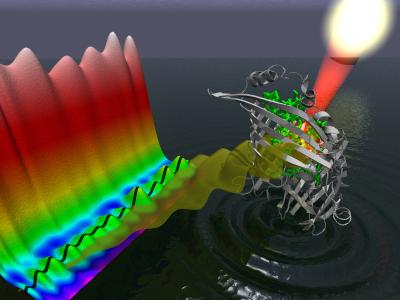Mar 6, 2008
The Global Viral Forecasting Initiative
Posted by Michael Graham Richard in categories: biological, biotech/medical

The Economist has a piece on the Global Viral Forecasting Initiative (GVFI):
Dr [Nathan] Wolfe, [a virologist at the University of California, Los Angeles], is attempting to create what he calls the Global Viral Forecasting Initiative (GVFI). This is still a pilot project, with only half a dozen sites in Africa and Asia. But he hopes, if he can raise the $50m he needs, to build it into a planet-wide network that can forecast epidemics before they happen, and thus let people prepare their defences well in advance. […]
The next stage of the project is to try to gather as complete an inventory as possible of animal viruses, and Dr Wolfe has enlisted his hunters to take blood samples from whatever they catch. He is collaborating with Eric Delwart and Joe DeRisi of the University of California, San Francisco, to screen this blood for unknown viral genes that indicate new species. The GVFI will also look at people, monitoring symptoms of ill health of unknown cause and trying to match these with unusual viruses.
More here. See also the Lifeboat Foundation’s BioShield program.

 What would make this new vaccine different from the ones already available is that it would target M2e, a conserved region of influenza “A” strains. Since that part doesn’t constantly mutate and about 2/3 of seasonal epidemics and all pandemics are due to type “A” strains, it could be a very efficient weapon against repeats of the “Spanish Flu” (1918−1919) that killed at least 50 million people worldwide. Only the future will tell if phase II and III trials are successful.
What would make this new vaccine different from the ones already available is that it would target M2e, a conserved region of influenza “A” strains. Since that part doesn’t constantly mutate and about 2/3 of seasonal epidemics and all pandemics are due to type “A” strains, it could be a very efficient weapon against repeats of the “Spanish Flu” (1918−1919) that killed at least 50 million people worldwide. Only the future will tell if phase II and III trials are successful. 






